Equipment
Top 10 clubs of 2003—inspired by Adam Scott’s Titleist 680 irons
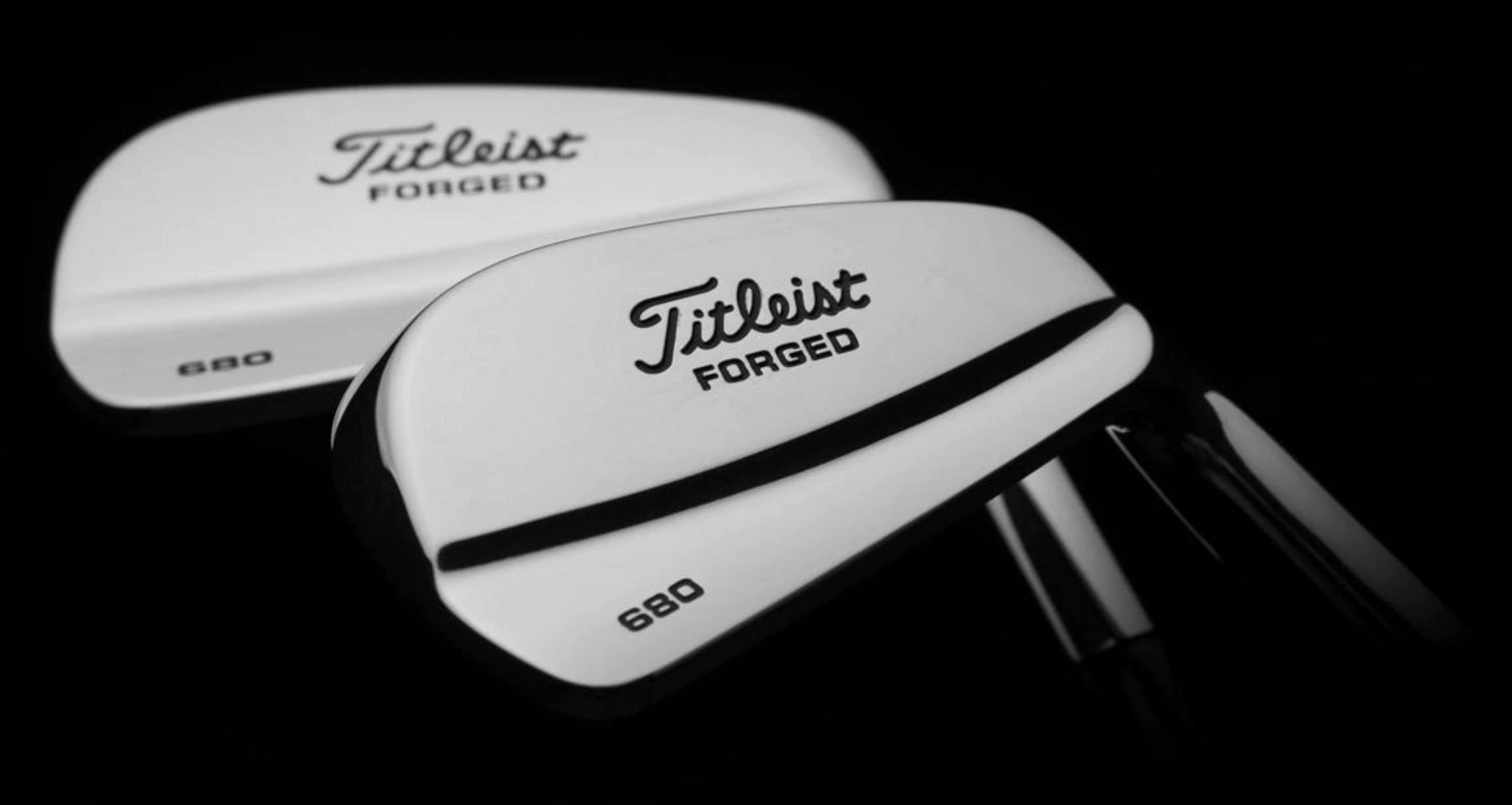
As has been well documented, Adam Scott recently won the Genesis Invitational with a set of Titleist 680 blade irons, a design that was originally released in 2003. One of the great benefits of being one of the best players in the world is you don’t need to search eBay to find your preferred set of 17-year-old irons. Titleist has been stocking sets for Mr. Scott—even to the point of doing a limited production run in 2018 where they then released 400 sets for sale to the general public.
A lot of time has passed since 2003, and considering the classic nature of Scott’s Titleist 680, I figured now was a good time to look back at some other iconic clubs released around the same time.
Ping G2 driver
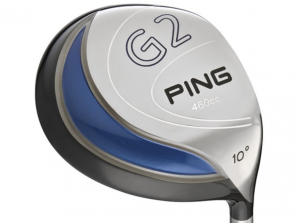
This was Ping’s first 460cc driver with a full shift into titanium head design. The previous Si3 models still utilized the TPU adjustable hosel, and this was considered a big step forward for the Phoenix-based OEM. The driver was a big hit both on tour and at retail—as was the rest of the G2 line that included irons.
TaylorMade RAC LT (first gen) irons
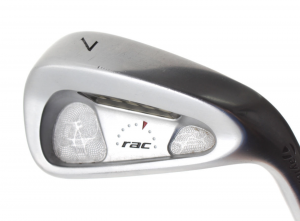
The RAC LTs helped position TaylorMade back among the leaders in the better players iron category. The entire RAC (Relative Amplitude Coefficient) line was built around creating great feeling products that also provided the right amount of forgiveness for the target player. It also included an over-sized iron too. The RAC LT went on to have a second-generation version, but the original LTs are worthy of “classic” status.
TaylorMade R580 XD driver
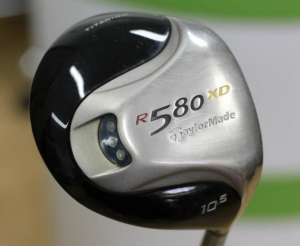
Honestly, how could we not mention the TaylorMade R580 XD driver? TM took some of the most popular drivers in golf, the R500 series and added extra distance (XD). OK, that might be an oversimplification of what the XD series offered, but with improved shape, increased ball speed outside of the sweet spot, and lower spin, it’s no wonder you can still find these drivers in the bags of golfers at courses and driving ranges everywhere.
Titleist 680MB irons
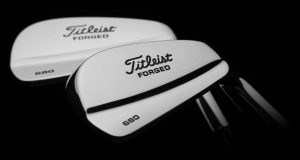
The great thing about blades is that beyond changing sole designs and shifting the center of gravity, the basic design for a one-piece forged head hasn’t changed that much. For Adam Scott, the 680s are the perfect blend of compact shape, higher CG, and sole profile.
Titleist 983K, E drivers
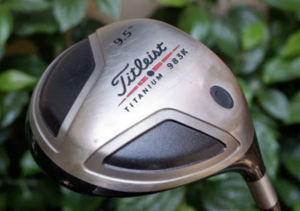
If you were a “Titleist player,” you had one of these drivers! As one of the last companies to move into the 460cc category, the 983s offered a classic pear shape in a smaller profile. It was so good and so popular, it was considered the benchmark for Titleist drivers for close to the next decade.
Cleveland Launcher 330 driver
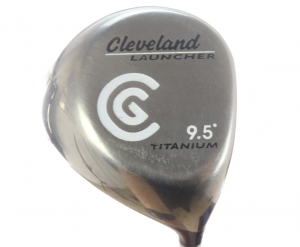
It wasn’t that long ago that OEMs were just trying to push driver head size over 300cc, and Cleveland’s first big entry into the category was the Launcher Titanium 330 driver. It didn’t live a long life, but the Launcher 330 was the grandaddy to the Launcher 400, 460, and eventually, the Launcher COMP, which is another club on this list that many golfers will still have fond memories about.
Mizuno MP 33 irons
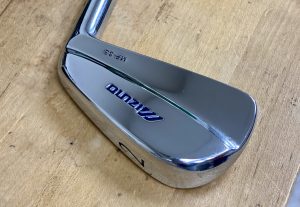
Although released in the fall of 2002, the Mizuno MP 33 still makes the list because of its staying power. Much like the Titleist 680, this curved muscle blade was a favorite to many tour players, including future world No. 1 Luke Donald. The MP 33 stayed in Mizuno’s lineup for more than four years and was still available for custom orders years after that. Unfortunately, if you are looking for a set now you are going to have to go the used route.
Callaway X-16 irons
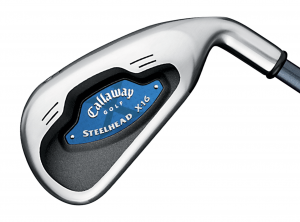
The Steelhead X-16 was a big hit at retail for Callaway. It offered greater forgiveness than the previous X-14’s but had a more compact shape with a wider topline to inspire confidence. They featured Callaway’s “Notch” weighting system that moved more mass to the perimeter of the head for higher MOI and improved feel. There was a reduced offset pro series version of the iron, but the X-16 was the one more players gravitated towards. This is another game improvement club for that era that can still be found in a lot of golf bags.
Ben Hogan CFT irons
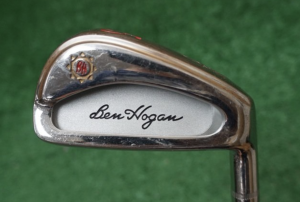
The Hogan CFTs were at the forefront of multi-material iron technology in 2003. CFT stood for Compression Forged Titanium and allowed engineers to push more mass to the perimeter of the head to boost MOI by using a thin titanium face insert. They had what would be considered stronger lofts at the time sounded really powerful thanks to the thin face insert. If you are looking for a value set of used irons, this is still a great place to start.
King Cobra SZ driver
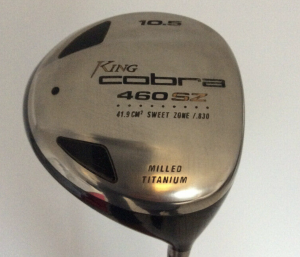
In 2003, Rickie Fowler was only 15 years old and Cobra was still living under the Acushnet umbrella as Titleist’s game improvement little brother. The Cobra SZ (Sweet Zone, NOT 2020 Speed Zone) was offered in a couple of head sizes to appeal to different players. The thing I will always remember about the original King Cobra SZ is that it came in an offset version to help golfers who generally slice the ball—a design trait that we still see around today.
- LIKE176
- LEGIT18
- WOW9
- LOL3
- IDHT1
- FLOP2
- OB1
- SHANK9
Whats in the Bag
Ludvig Åberg WITB 2024 (April)
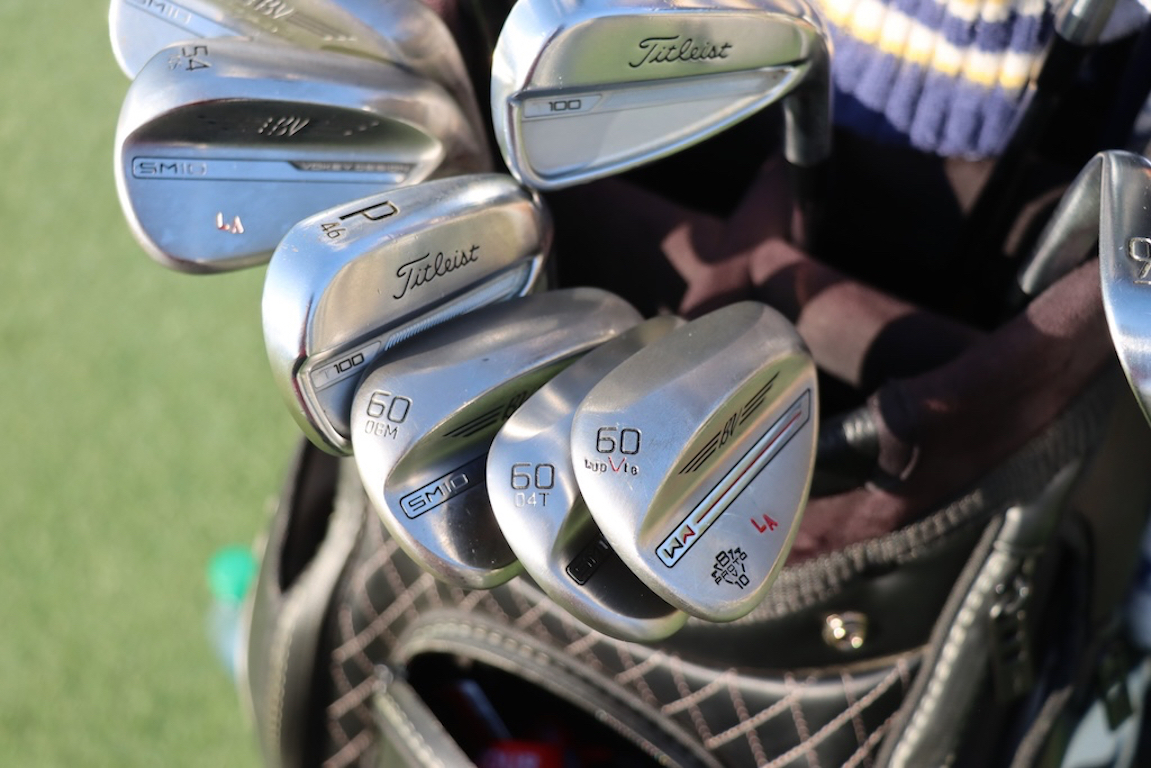
- Ludvig Åberg what’s in the bag accurate as of the RBC Heritage.
Driver: Titleist TSR2 (9 degrees, D4 SureFit setting)
Shaft: Fujikura Ventus Black 6 X
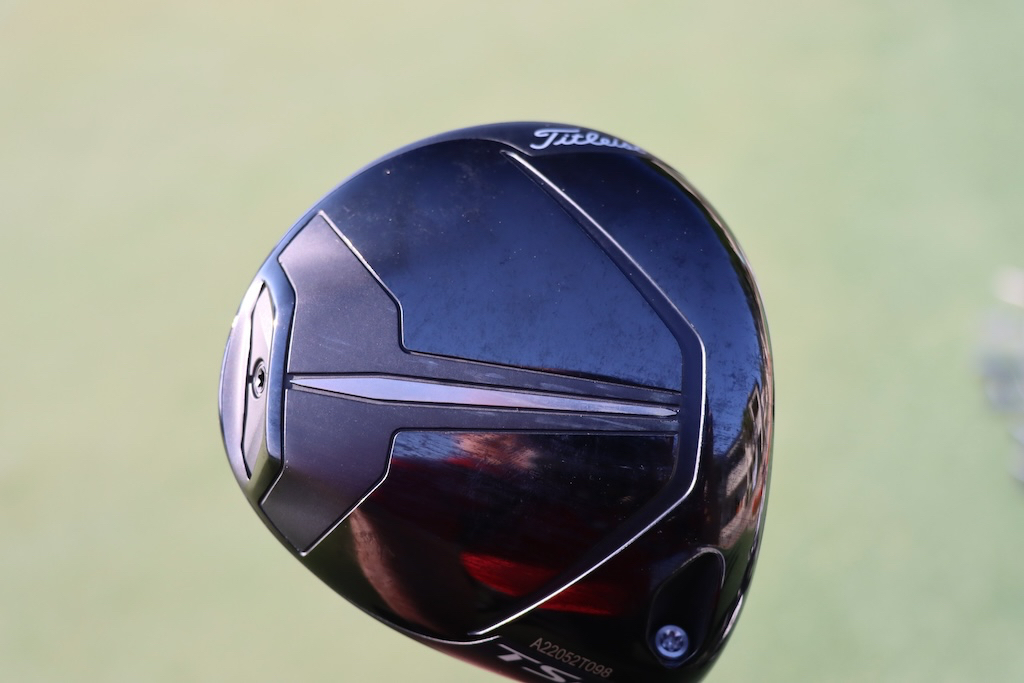
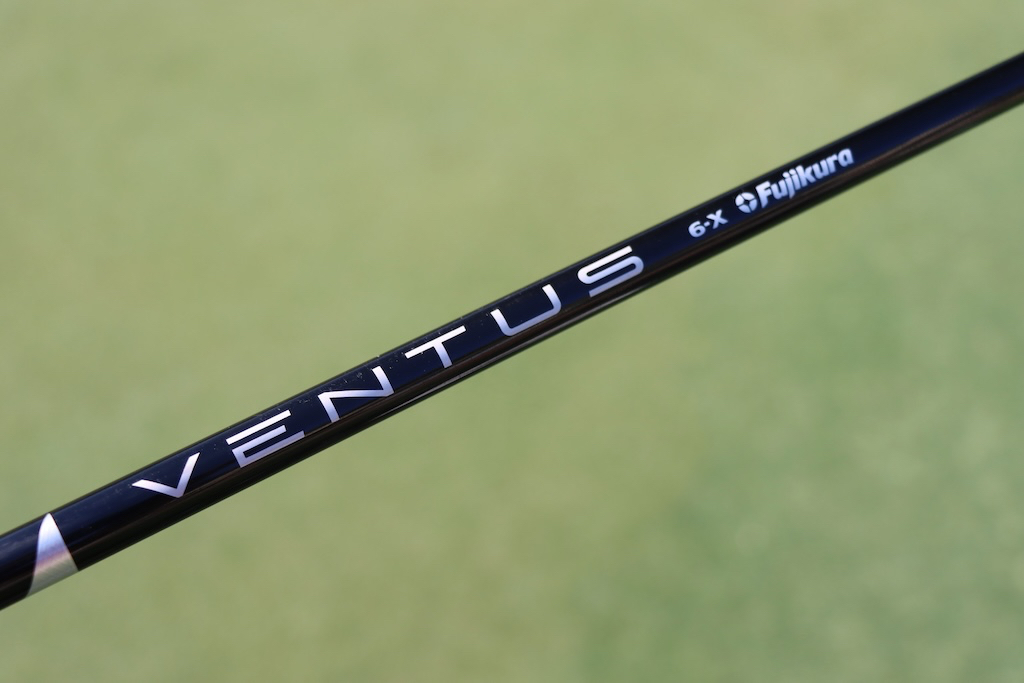
3-wood: TaylorMade Stealth 2 (15 degrees)
Shaft: Fujikura Ventus TR Blue 8 X
5-wood: TaylorMade Stealth 2 (18 degrees)
Shaft: Fujikura Ventus TR Blue 8 X
7-wood: TaylorMade Stealth 2 (21 degrees)
Shaft: Fujikura Ventus TR Blue 9 X
Irons: Titleist 718 TMB (2), Titleist T200 (2), Titleist T100 (4-PW)
Shafts: KBS Tour Hybrid 105 X (2), KBS Tour 130 X
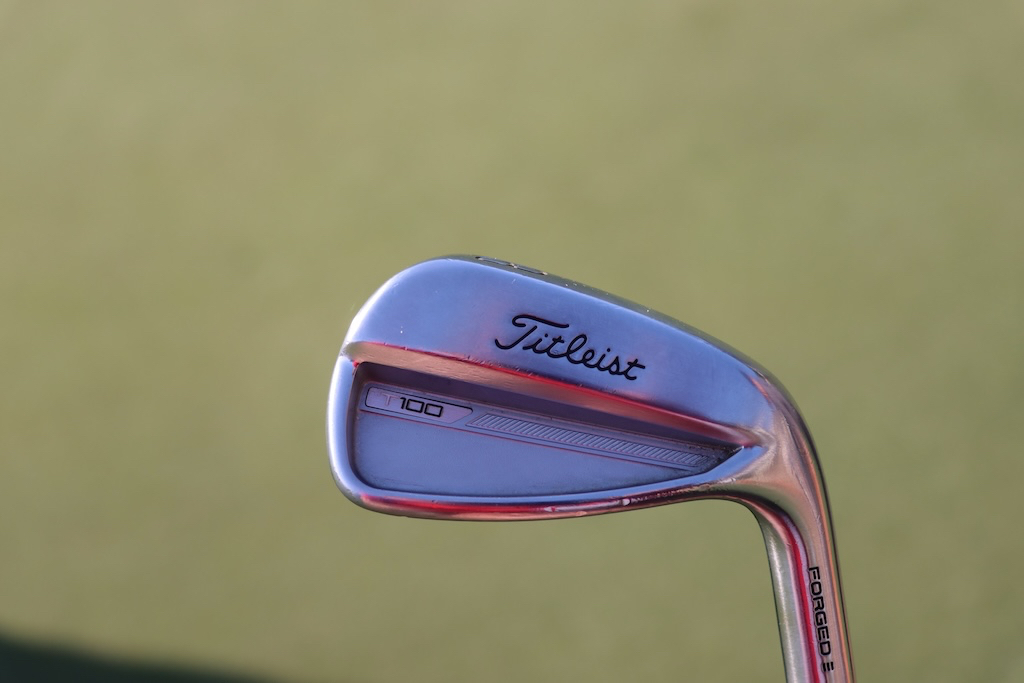
Wedges: Titleist Vokey Design SM10 (50-08F, 54-10S, 60-08M, 60-04T), WedgeWorks Proto (60-10V)
Shafts: KBS Tour 130 X
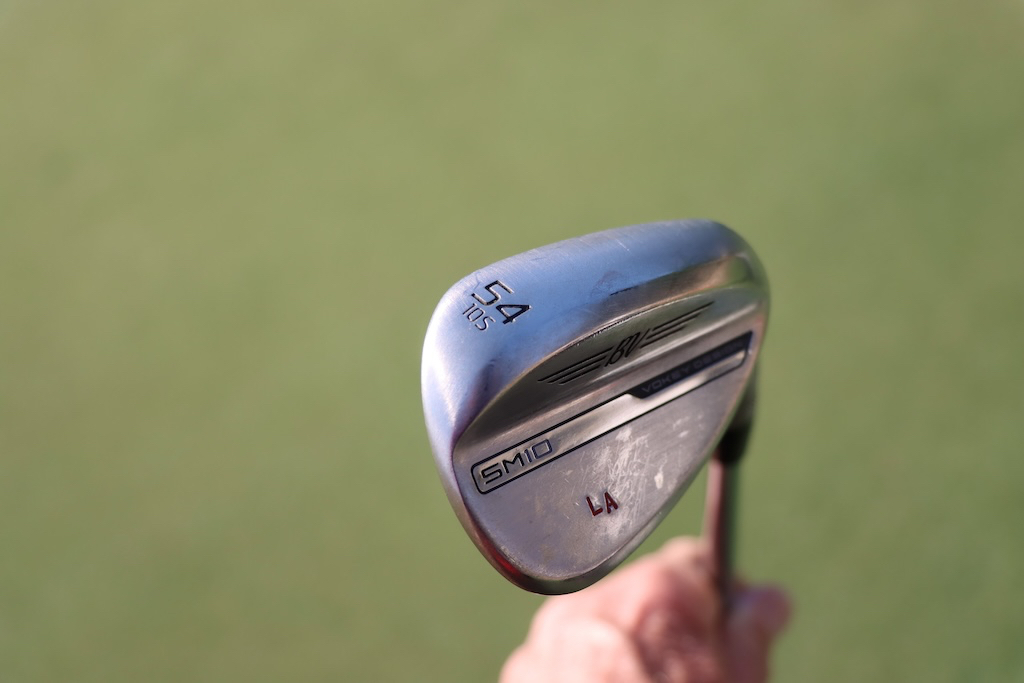
Putter: Odyssey White Hot Versa #1
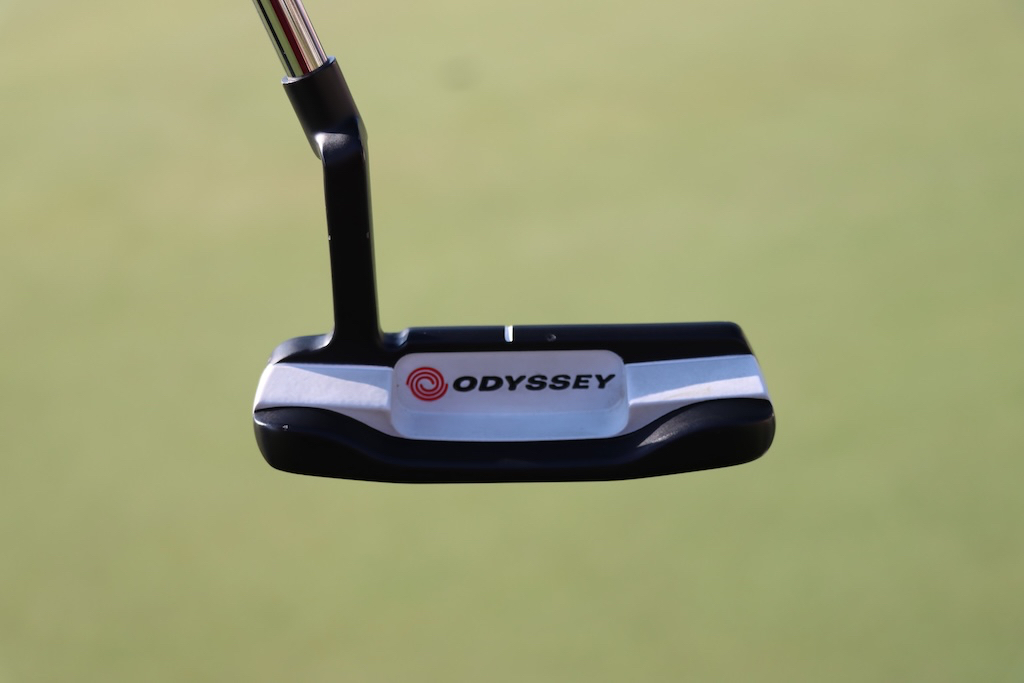
Grips: Golf Pride MCC
Ball: Titleist Pro V1x
Check out more in-hand photos of Ludvig Aberg’s clubs in the forums.
- LIKE0
- LEGIT0
- WOW0
- LOL0
- IDHT0
- FLOP0
- OB0
- SHANK0
Equipment
Spotted: Callaway Paradym Ai Smoke Ti 340 mini driver, DUW fairway wood
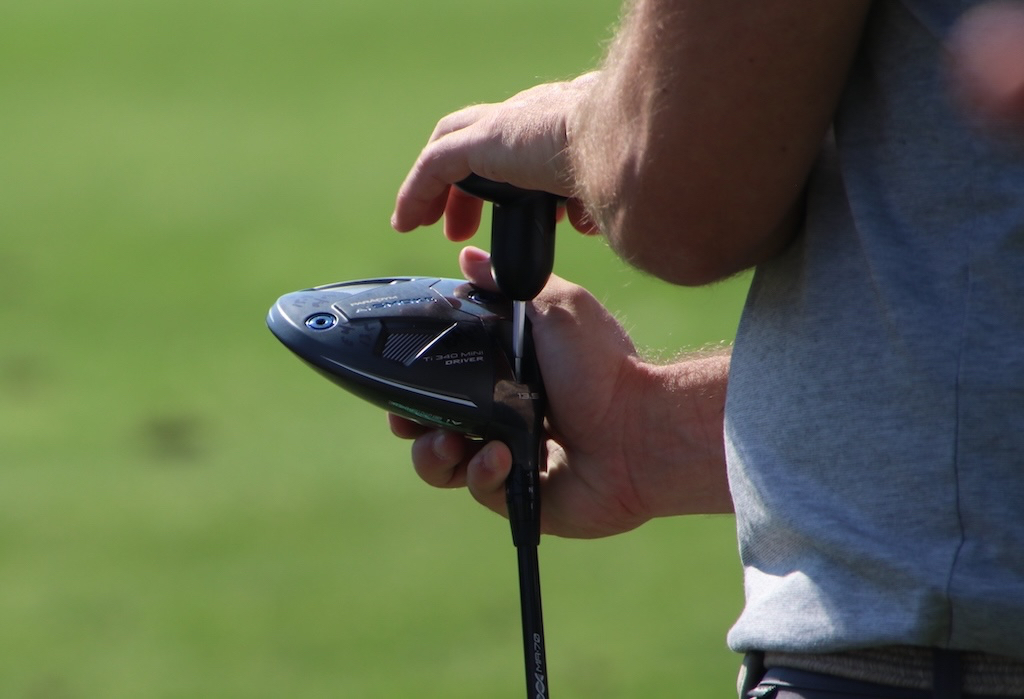
We have seen a few new mini drivers from the likes of Titleist and TaylorMade being tested out on tour recently. Now, Callaway looks to be jumping into the mix at the RBC Heritage. We spotted Christian Bezuidenhout testing out a new Paradym Ai Smoke Ti 340 mini driver on the range. We don’t have any details yet but the club clearly states “mini driver” on it, and the “340” could easily refer to how many CCs the head is.
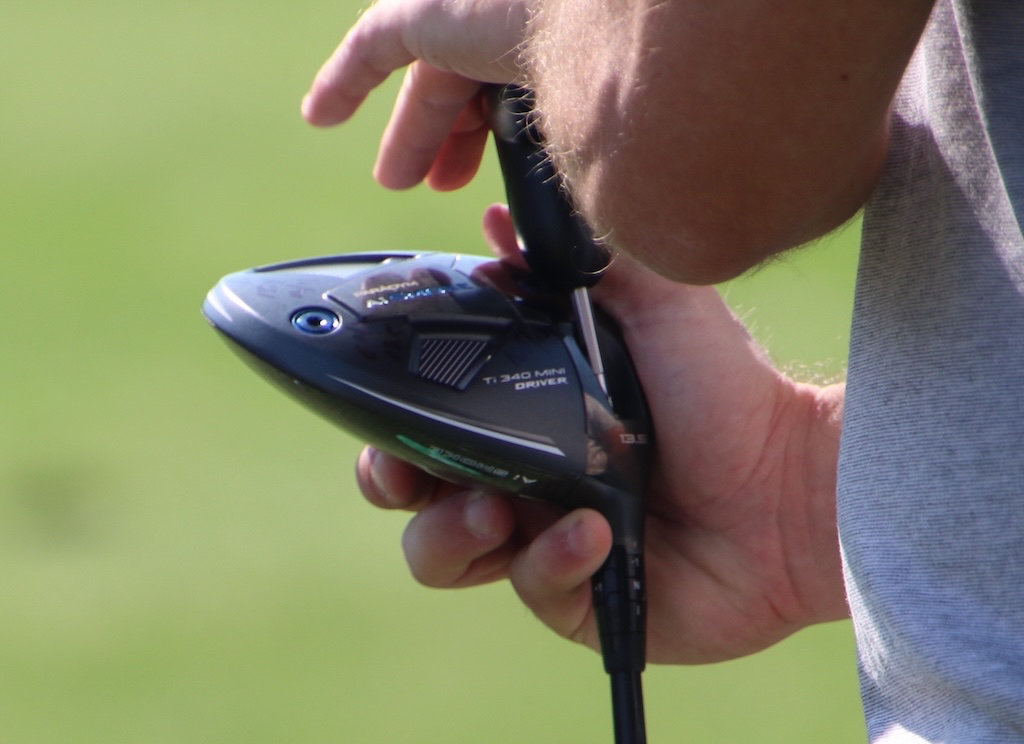
What we do know is that this mini driver has a very similar design to the current Paradym Ai Smoke Triple Diamond 3-wood. The sole looks to be made from steel or titanium, not forged carbon like the Paradym Ai Smoke drivers. It has weights up near the face and at the back of the club. Callaway’s OptiFit hosel is also present on this driver to allow loft and lie adjustments, and if you look closely on the face, you can make out the “Ai Smart Face” text at bottom center. The crown looks to have the familiar carbon fiber weave and Ai Smoke logos we have seen on the current clubs.
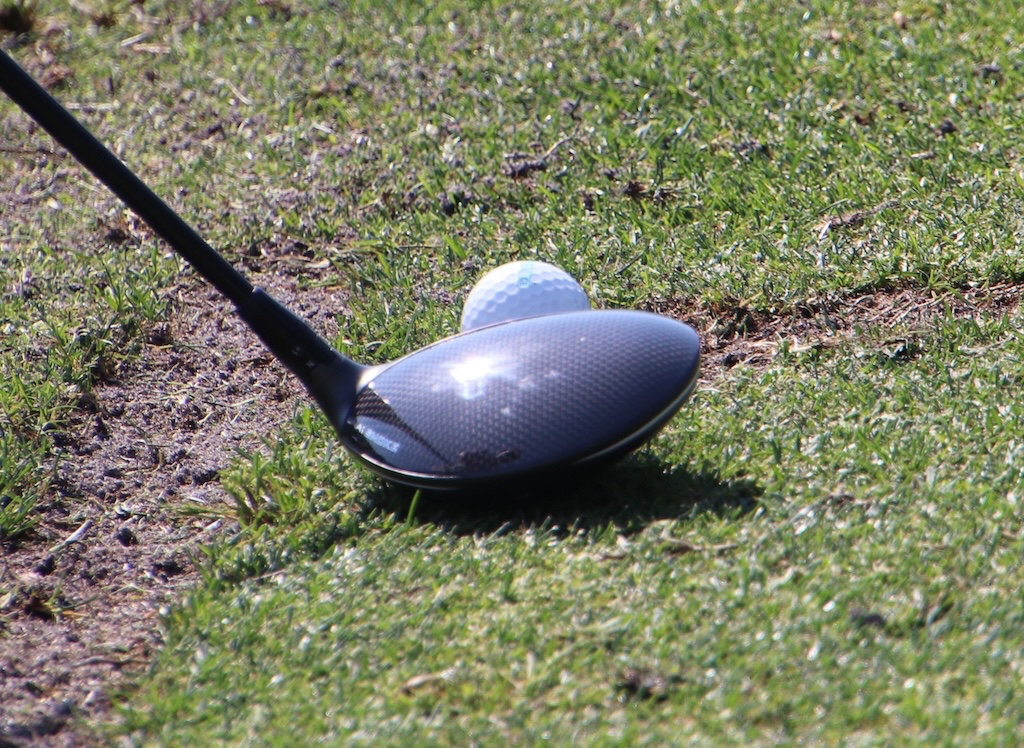
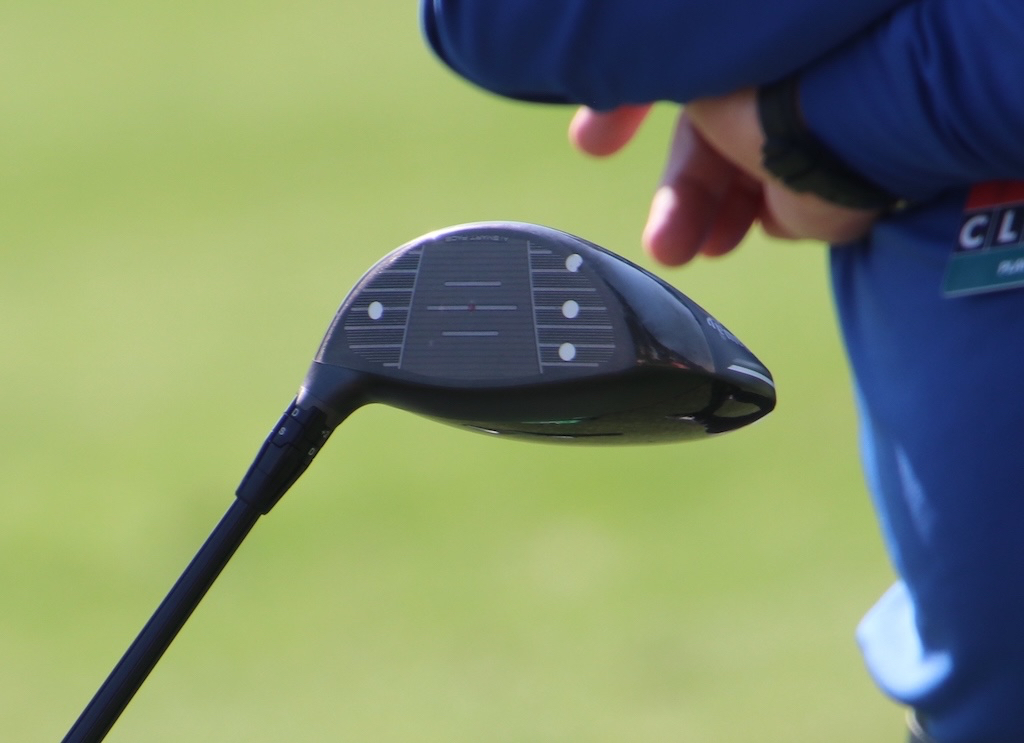
Callaway Paradym Ai Smoke DUW
The other Callaway prototype that was spotted looked to be a little more of a traditional fairway wood — but with non-traditional weight placements on it. Callaway’s Paradym Ai Smoke DUW looks to have four adjustable weights on it — two on the sole, one on the hosel, and one on the toe. This hosel isn’t adjustable, and I would assume that is to save some weight from creating spots for the movable weights.
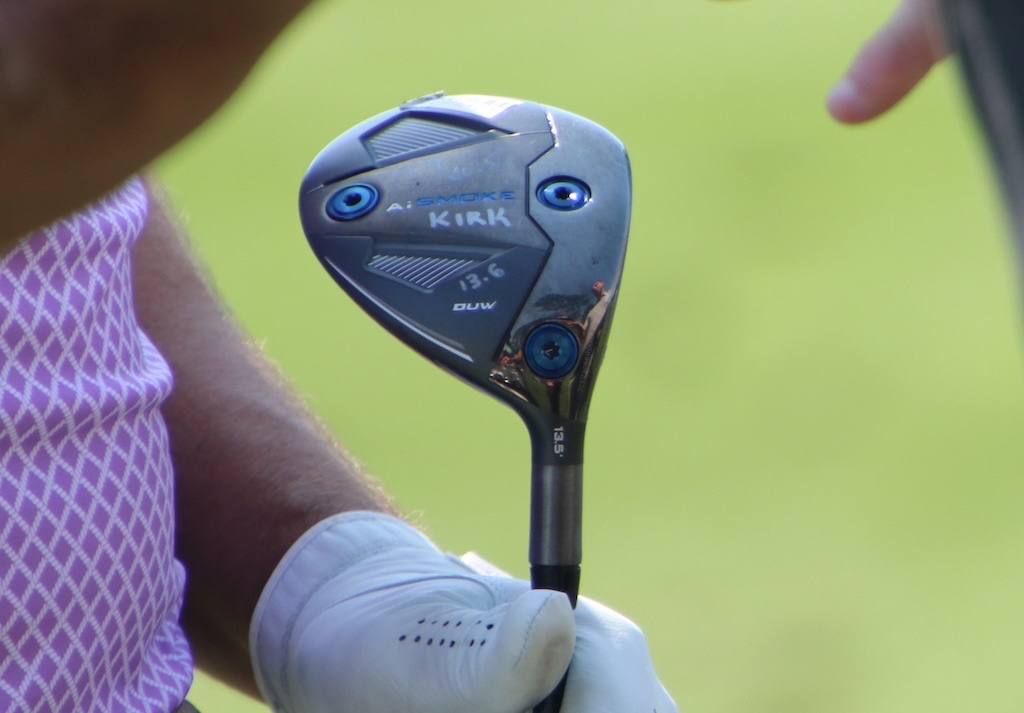
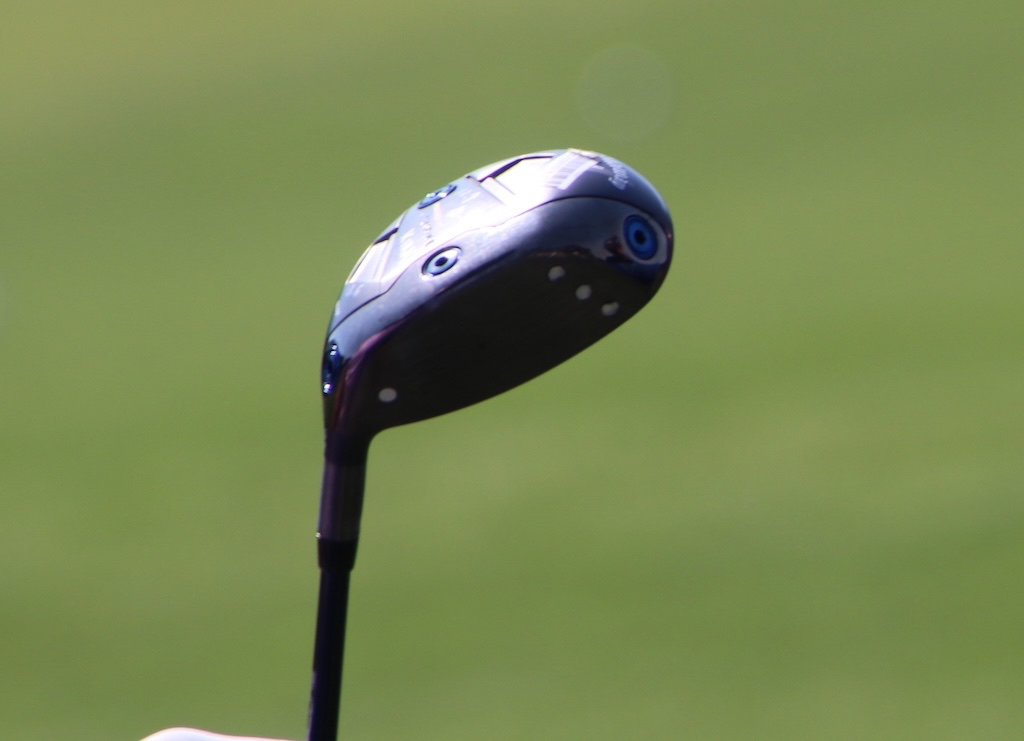
It is hard to tell from the photos, but the face looks to be a touch deeper than the traditional Triple Diamond fairways. This deeper face could be where the “DUW” name comes from. With three weights all pushed forward near the face this DUW has to be a very low spinning and launching head. The sole is made from metal and similar in design to the current Paradym Ai Smoke Triple Diamond fairway woods as is the carbon crown.
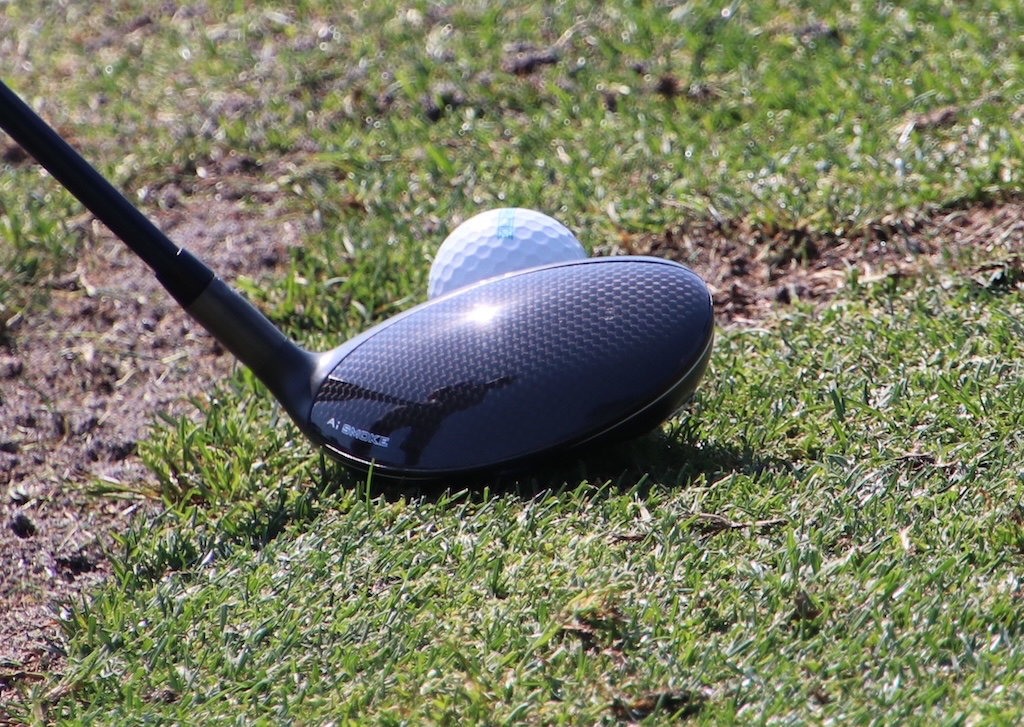

- Check out more of our photos from the 2024 RBC Heritage here.
- LIKE1
- LEGIT1
- WOW1
- LOL0
- IDHT0
- FLOP0
- OB0
- SHANK0
Equipment
Coolest thing for sale in the GolfWRX Classifieds (4/16/24): LAB DF3 green head putter
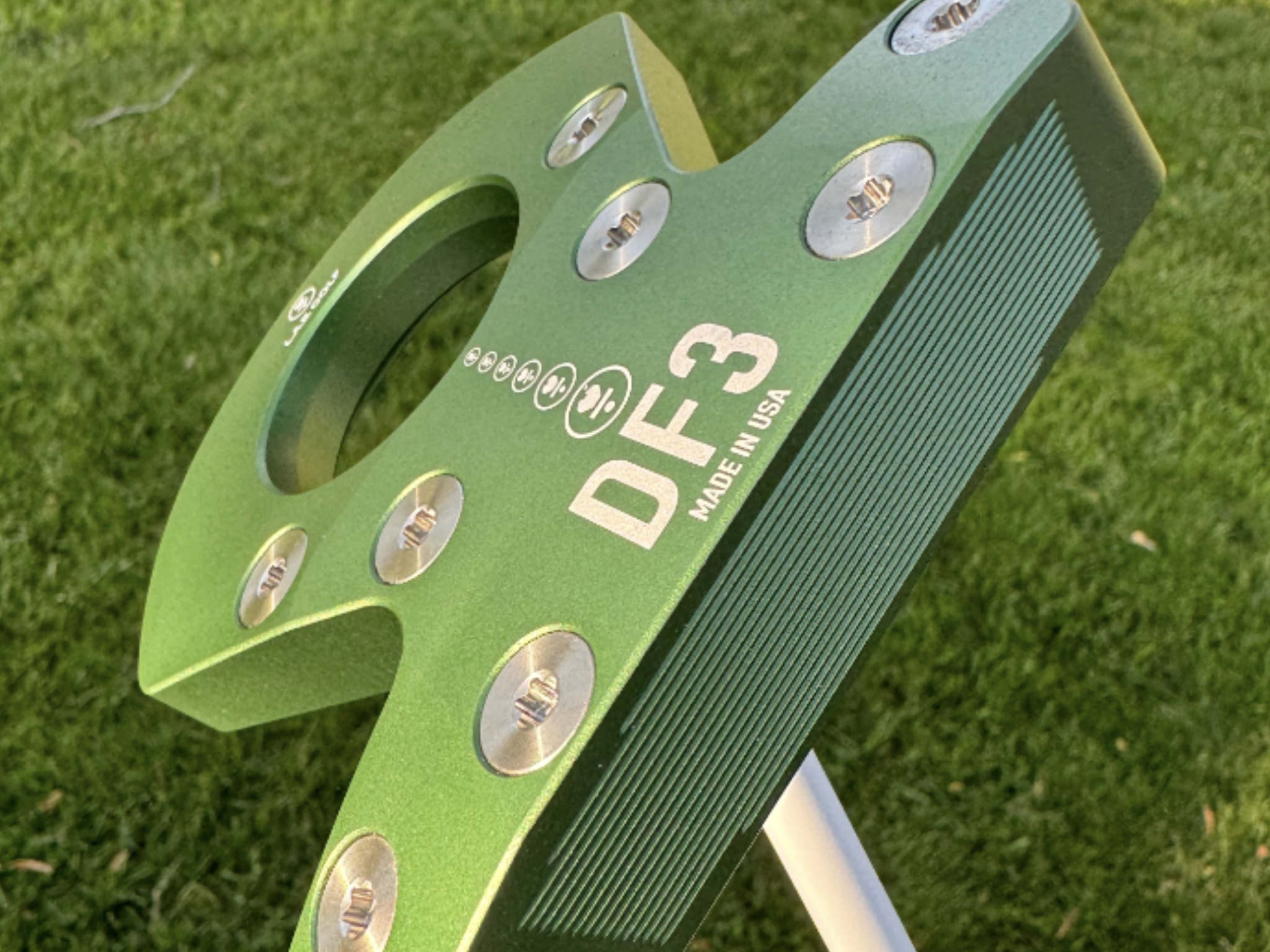
At GolfWRX, we are a community of like-minded individuals that all experience and express our enjoyment of the game in many ways.
It’s that sense of community that drives day-to-day interactions in the forums on topics that range from best driver to what marker you use to mark your ball. It even allows us to share another thing we all love – buying and selling equipment.
Currently, in our GolfWRX buy/sell/trade (BST) forum, there is a listing for a LAB DF3 green head putter.
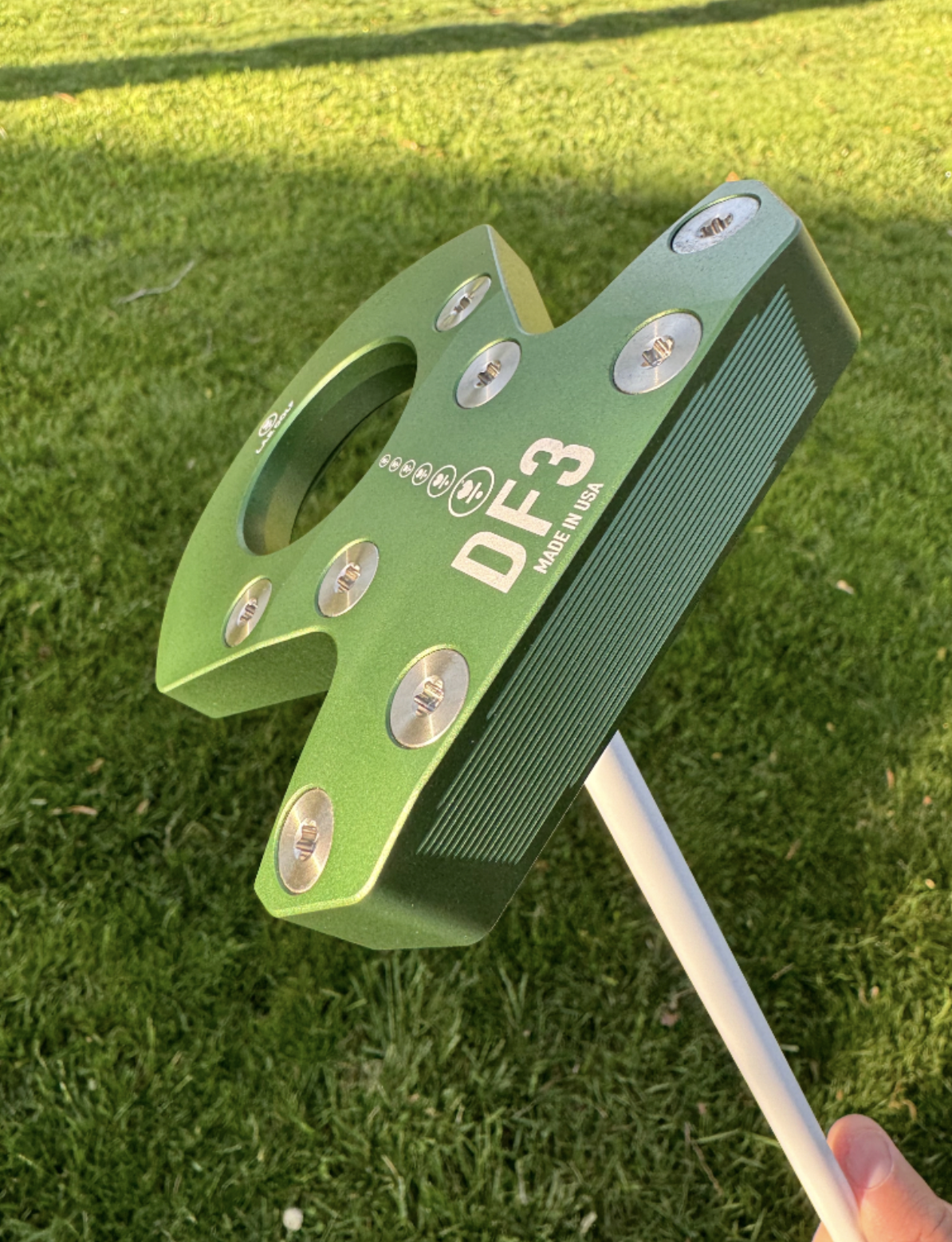
From the seller: (@Lvanwheeler1): “LAB DF3 green head with white Accra shaft. 35 inches and 69 lie angle. Is brand new and hasn’t been taken outside of the house except for the pics I took in the yard. A bit over retail but this one is hand and will be to you in a matter of days. $650 and this one is firm.”
To check out the full listing in our BST forum, head through the link: LAB DF3 green head putter
This is the most impressive current listing from the GolfWRX BST, and if you are curious about the rules to participate in the BST Forum you can check them out here: GolfWRX BST Rules
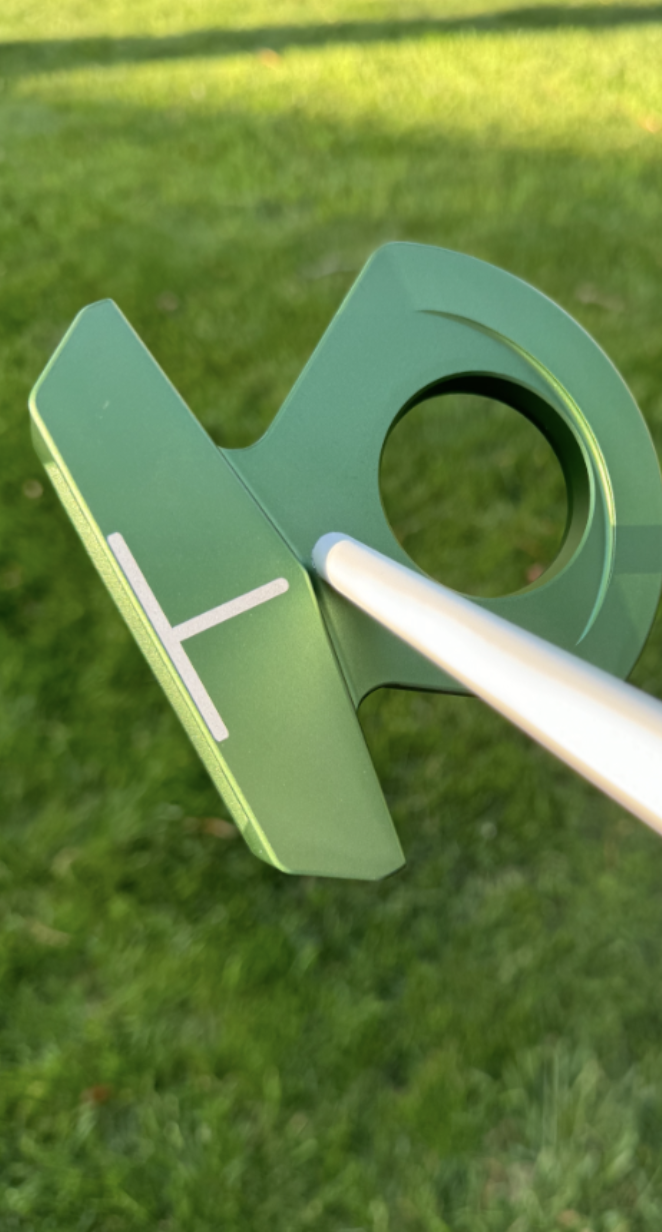
- LIKE0
- LEGIT0
- WOW0
- LOL0
- IDHT0
- FLOP0
- OB0
- SHANK0
-

 19th Hole6 days ago
19th Hole6 days agoDave Portnoy places monstrous outright bet for the 2024 Masters
-

 19th Hole2 weeks ago
19th Hole2 weeks agoThings got heated at the Houston Open between Tony Finau and Alejandro Tosti. Here’s why
-

 19th Hole1 week ago
19th Hole1 week agoTiger Woods arrives at 2024 Masters equipped with a putter that may surprise you
-

 19th Hole2 weeks ago
19th Hole2 weeks agoReport: Tiger Woods has ‘eliminated sex’ in preparation for the 2024 Masters
-

 19th Hole2 days ago
19th Hole2 days agoTwo star names reportedly blanked Jon Rahm all week at the Masters
-

 19th Hole1 day ago
19th Hole1 day agoNeal Shipley presser ends in awkward fashion after reporter claims Tiger handed him note on 8th fairway
-

 19th Hole2 weeks ago
19th Hole2 weeks agoAddiction, spinal fusion, and scam artists – Everything Anthony Kim revealed in candid interview with David Feherty
-

 19th Hole2 weeks ago
19th Hole2 weeks agoAnthony Kim says doctors told him that he ‘may not have much time left’ ahead of LIV return





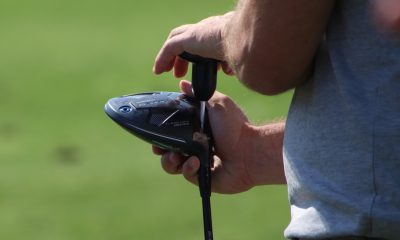

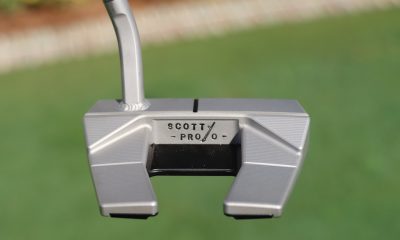





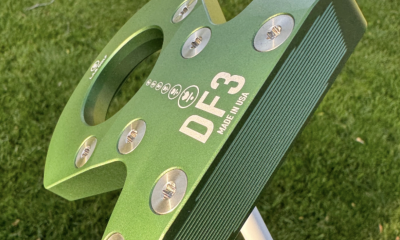














Bob Pegram
Feb 22, 2020 at 6:18 pm
Unless Scott’s irons have been re-grooved, they are not in compliance with the 2010 groove rules. Grooves are required to have rounded edges. That is true whether they have V-grooves (which they probably have), or U-grooves. Because it is more expensive to manufacture irons with rounded groove edges, virtually NO irons prior to 2010 are legal.
Forged MB
Feb 24, 2020 at 9:29 am
Virtually every part of your comment is 100% incorrect. Many irons made prior to 2010 are conforming, wedges not so much. Just go look at the USGA’s list. Grooves have had rounded edges forever. That’s not what the change in the groove rule was about.
JT
Feb 21, 2020 at 8:47 pm
It definitely should includes the steelhead iii fairway metal.
Don
Feb 21, 2020 at 5:43 pm
Great article. Still have the RAC LT irons and bought 2 of the 983K’s for backup. The driver is perfect size, and the irons are still great sticks to this day. Also have the TM Vsteel fairways and Cleveland 588P irons…just love those older classic shapes.
bobbyg
Feb 21, 2020 at 4:04 pm
Thanks for the article. Makes me wish I still had my 660 blades.
Rich Douglas
Feb 21, 2020 at 3:52 pm
Not much has changed over the years. With drivers we’ve seen an increased use of composite materials (allowing for more perimeter weighting) and adjustability. With irons we have even more use of multi-metal design, greater perimeter weighting, and increased MOI.
But really, you could take a set of clubs made in 2003 and do just fine with them.
Skip to 'ma lou
Feb 21, 2020 at 1:06 pm
Titleist 905R! LOVED THAT DRIVER! Not sure if it was an ’03 gem though.
James
Feb 21, 2020 at 12:56 pm
Love the TM R500 XD – had 4 of them because the face kept cracking and I don’t even swing that hard.
Scootin'
Feb 21, 2020 at 12:10 pm
Love this post. Wishing for more like it!
BingHogan
Feb 21, 2020 at 11:52 am
Great article!
Still have a set of MP 33’s around here with DG S300’s.
My favorite driver was the Titleist 983 series. Wonderful!
Maybe Mizuno will do a new version of the MP33. Mr Vosh68…
Gunter Eisenberg
Feb 21, 2020 at 11:47 am
Don’t forget the R510 TP. That club is still relevant till this day.
Mike
Feb 21, 2020 at 11:26 am
Cool that AS won with 17-year old irons. The pro at a course I play says you should have a driver that was made within the last 5 years or so but other than that play what you like because the newer stuff won’t help you much. I think there’s a lot of truth in his opinion.
DJJ
Feb 21, 2020 at 10:27 am
first set of irons I bought in 2003 was the Cleveland TA 5. I had both the 983K an 580 XD at some point.
Brandon
Feb 21, 2020 at 10:26 am
You guys need to make a year by year series of this. Maybe 1 article per week. Way better than Instagram pictures of head covers and divot tools.
Bogan
Feb 21, 2020 at 1:59 pm
Agreed, the top Instagram posts and hot forum discussions are uninteresting and uninspired summaries. This article on the other hand is great!
William Pucci
Feb 21, 2020 at 10:13 am
I played my best golf with my RAC LTs.Id still play them if I could. I have them in an old bag in our office.
Oldguy
Feb 21, 2020 at 10:08 am
Great article…owned a few of them…still have the cft hogans in the garage…think i will get them out and hit them this weekend!!! Don’t remember ever hitting a good shot with the callaway x16s…lol!!
Don T
Feb 21, 2020 at 8:55 am
I love all of this
Frickie Rowler
Feb 21, 2020 at 8:44 am
King Cobra SS 427 driver was the best of 2002. BING